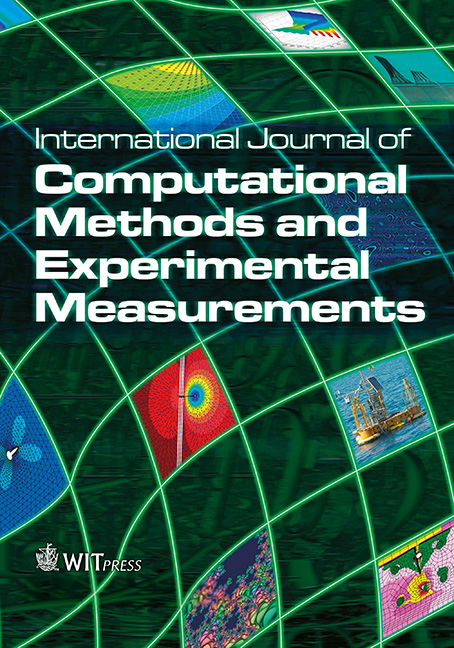ON THE COMPATIBILITY OF A LOGARITHMIC TURBULENT BOUNDARY LAYER VELOCITY PROFILE WITH EXPERIMENTAL DATA
Price
Free (open access)
Volume
Volume 4 (2016), Issue 4
Pages
6
Page Range
554 - 560
Paper DOI
10.2495/CMEM-V4-N4-554-560
Copyright
WIT Press
Author(s)
A. ZARYANKIN, A. ROGALEV, V. KINDRA, G. KURDIUKOVA & A. VEGERA
Abstract
The compatibility of the semiempirical turbulence theory of L. Prandtl with the actual flow pattern in a turbulent boundary layer is considered in this article, and, based on this theory, the final calculation results of the boundary layer are analyzed. These show that the accepted additional conditions and relationships, which integrate the differential equation of L. Prandtl, associating the turbulent stresses in the boundary layer with the transverse velocity gradient, are fulfilled only in the near-wall region, where the mentioned equation loses meaning, and are inconsistent with the physical meaning in the main part of integration.
It is noted that an introduced concept regarding the presence of a laminar sublayer between the wall and the turbulent boundary layer is the way to give a physical meaning to the logarithmic velocity profile.
It shows that coincidence of the experimental data with the actual logarithmic profile is obtained as a result of the use not of a particular physical value, as an argument, but of a function of this value. In this way, the coincident experimental points in general are concerned with different sections of the boundary layer. Accordingly, the informational value of the comparison of the calculations and the experiment given in the literature is actually eliminated.
Keywords
boundary layer, dynamic velocity, ‘floating’ coordinates, laminar sublayer, turbulence




